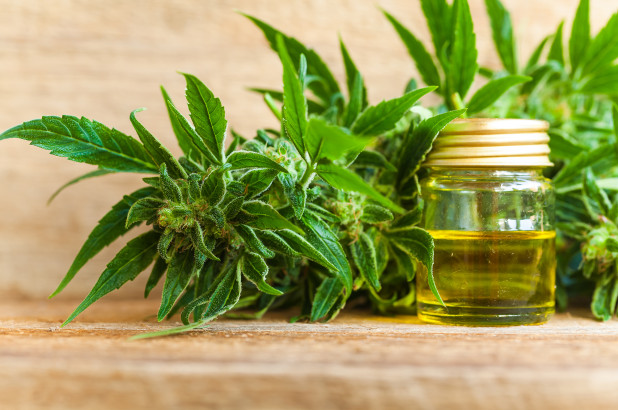Is marijuana really medicine, or is that just an excuse that stoners give to get high?
For years, much of the dialogue around cannabis in the U.S. has revolved around the use of marijuana as medicine. In the face of restrictive federal drug laws, the appeal of using cannabis to treat chronic pain, seizures, glaucoma, and other conditions has led even conservative states to legalize marijuana for medicinal use.
As of 2019, 33 states and Washington, D.C., have legalized medical marijuana. Ten of those states have also legalized recreational marijuana, while fourteen others allow for some form of medicinal use of cannabinoids, with restrictions on THC content. But the value of marijuana as medicine remains mostly anecdotal, in part due to federal laws that have made it difficult to run scientific studies on the effects of cannabis.
According to the CDC, “the marijuana plant has chemicals that may help symptoms for some health problems…. But there isn’t enough research to show that the whole plant works to treat or cure these conditions.” So is marijuana really medicine? Or is that just an excuse for stoners to normalize recreational use of the drug?
History of Marijuana as Medicine
Smoking marijuana for its health benefits isn’t a new phenomenon – although early users of the drug may not have thought of it in those terms. According to Popular Science, the Aka tribe of the Congo River Basin has long used marijuana, with as many as 70% of males smoking it regularly. Those who smoked pot had fewer parasitic worms in their intestinal system, leading researchers to suggest a potential connection.
In Western medicine, an early advocate of cannabis as an analgesic was an Irish doctor named William Brooke O’Shaughnessy, who brought the drug to Europe in 1842 after he learned about it while living abroad in India. Within a decade, cannabis was being used in the U.S. to treat tetanus, typhus, opiate addiction, alcoholism, and more.
But despite the availability of cannabis tinctures in U.S. drugstores, it was soon replaced by painkillers derived from opium. These drugs could be injected intravenously, while cannabis could not. By the 1930s, growing opposition to recreational marijuana use, along with the passage of the Marijuana Tax Act of 1937, limited the availability of marijuana as medicine and ultimately led to the modern War on Drugs.
Is “Medical Marijuana” just an Excuse For Stoners?
After several decades of prohibition, a renewed interest in marijuana as medicine began in earnest in the 1990s, when first California, and then Alaska, Washington, Oregon, and Maine, legalized the use of medicinal marijuana via ballot measure.
These laws, however, varied significantly from state to state. In California, for example, nearly anyone could get a medical marijuana recommendation, and a cottage industry of doctors began cropping up at popular stoner spots like Hollywood Boulevard and Venice Beach. For less than $100, a recreational user could get a doctor’s recommendation to treat mild depression or anxiety with marijuana. Oregon’s program, on the other hand, has a smaller range of qualifying conditions, and restricts the program to patients with cancer, glaucoma, HIV/AIDS, and only a handful of other conditions.
Now that both states have legalized recreational pot, many medical marijuana users are opting not to go through the process at all. The number of patients registered in Oregon has dropped by nearly half. Medical users pay lower prices and can buy larger amounts and stronger doses than recreational users, but for many, it simply isn’t worth jumping through the hoops and paying a $200 registration fee each year.
The Future of Medical Marijuana
It’s likely that medical marijuana sales will continue to decline as more and more states legalize recreational marijuana. However, that doesn’t mean that medicinal uses of the cannabis plant will be pushed aside entirely. In fact, the more legal marijuana products become at the federal level, the more doctors will be free to prescribe them.
Few doctors would argue that cannabis has no benefits whatsoever. The drug Marinol contains a synthetic form of THC and is used to treat loss of appetite in AIDS patients, while Sativex treats symptoms of multiple sclerosis. CBD oils and tinctures are being popularized for pain management, without the “high” associated with THC.
Because the cannabis plant contains so many compounds and can be consumed in dozens of different ways, there’s no way to say for sure how marijuana will affect any individual patient. But the persistent use of marijuana as medicine throughout history suggests there’s something legitimate to the idea.


